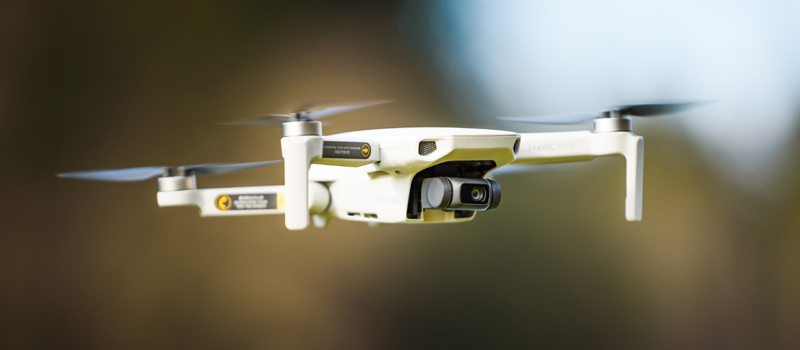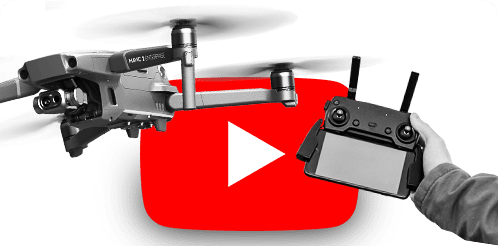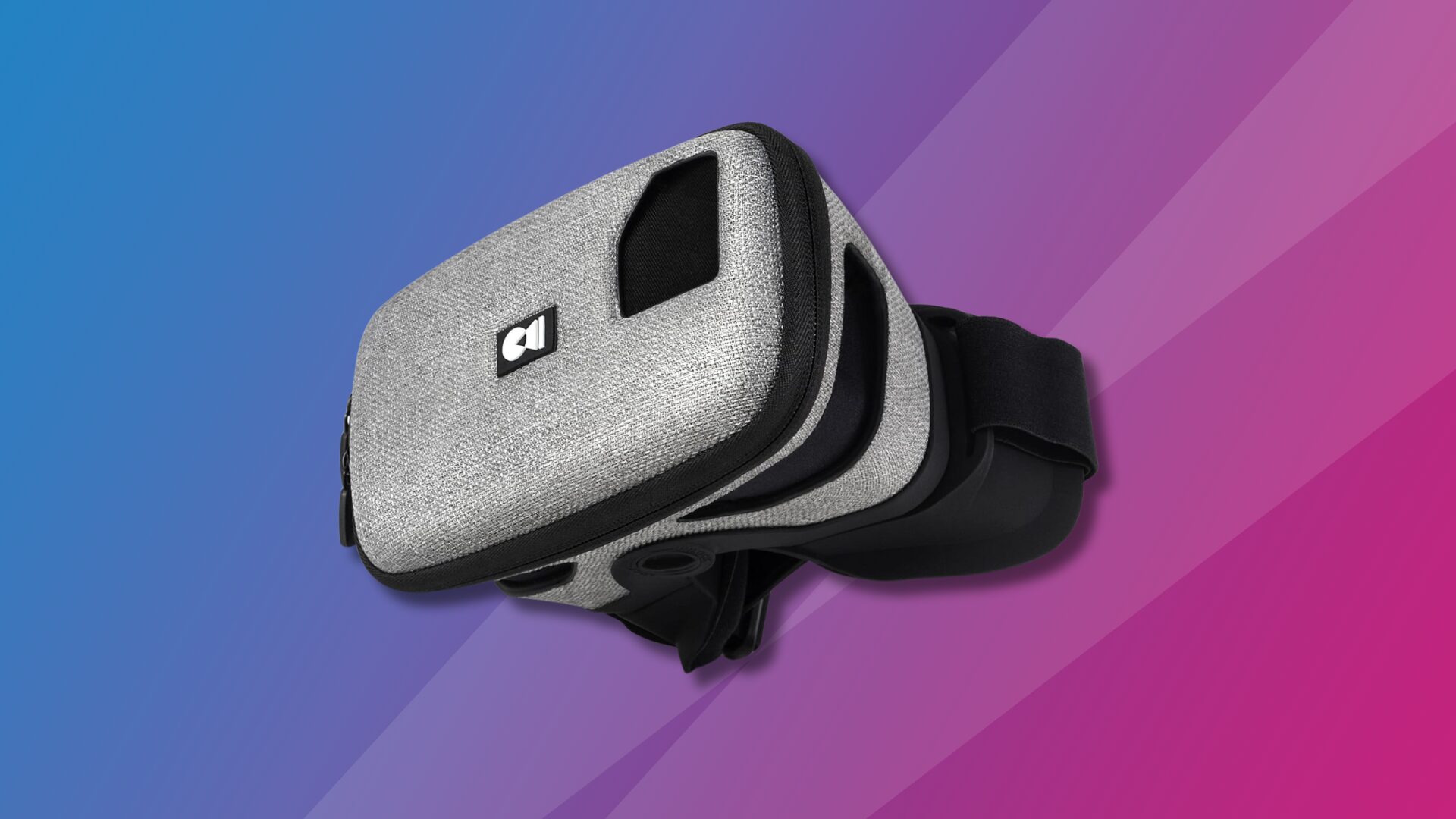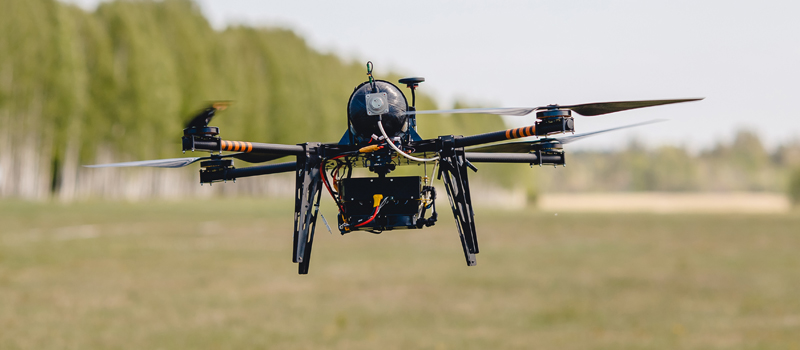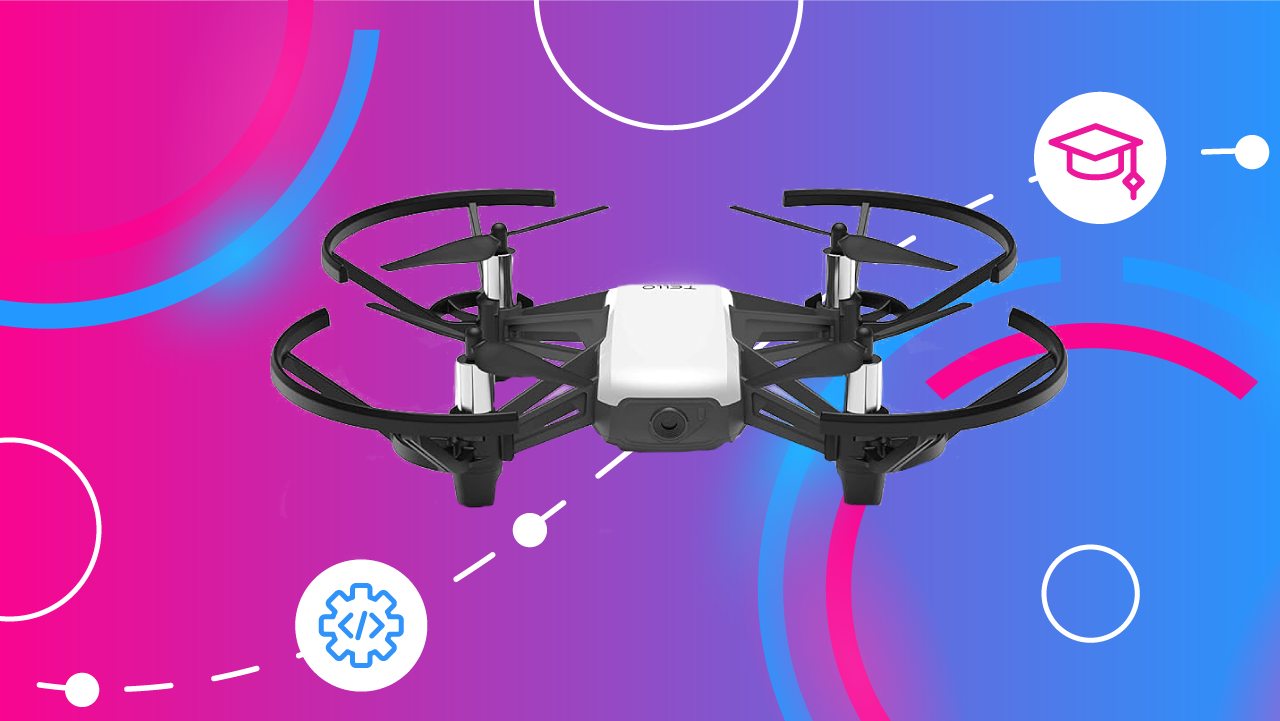-
Drones getting shot at is no longer new
-
Remote ID could make things worse for drone pilots
- Drone News Update
-
What to do when approached aggressively or violently
- Try to land the drone as soon as it is safe
- Try to record a video of the incident as it takes place
- Leave the situation right away, even if it means sacrificing your drone
- Report to local law enforcement
- Write down all the details of the event you can remember
- Get in touch with LEAP
-
Final thoughts
Just a few weeks ago, there were news reports of a man in Akron, Ohio getting his drone shot at by another man on the ground while flying over Lake Mohawk. Worse still, the shooter confronted the drone flight crew and physically assaulted them.
Unfortunately, such events are no longer uncommon in the drone community. As drones become more common, so too does the number of people who will regard them in a negative manner. As a drone pilot, what should you do when you run into a similar encounter?
Drones getting shot at is no longer new
The sad thing about the recent event in Ohio is that it is only one of the most recent along a string of similar events that goes back several years. As far back as 2017, there had already been a case of an Inspire 2 getting shot down in Tennessee and plummeting next to a neighbor’s backyard where children were playing.
Through the years, the increase in the number of drone pilots has also resulted in an increase in the number of these incidences. This is despite repeated warnings that causing damage to drones is considered property damage and is, therefore, illegal.
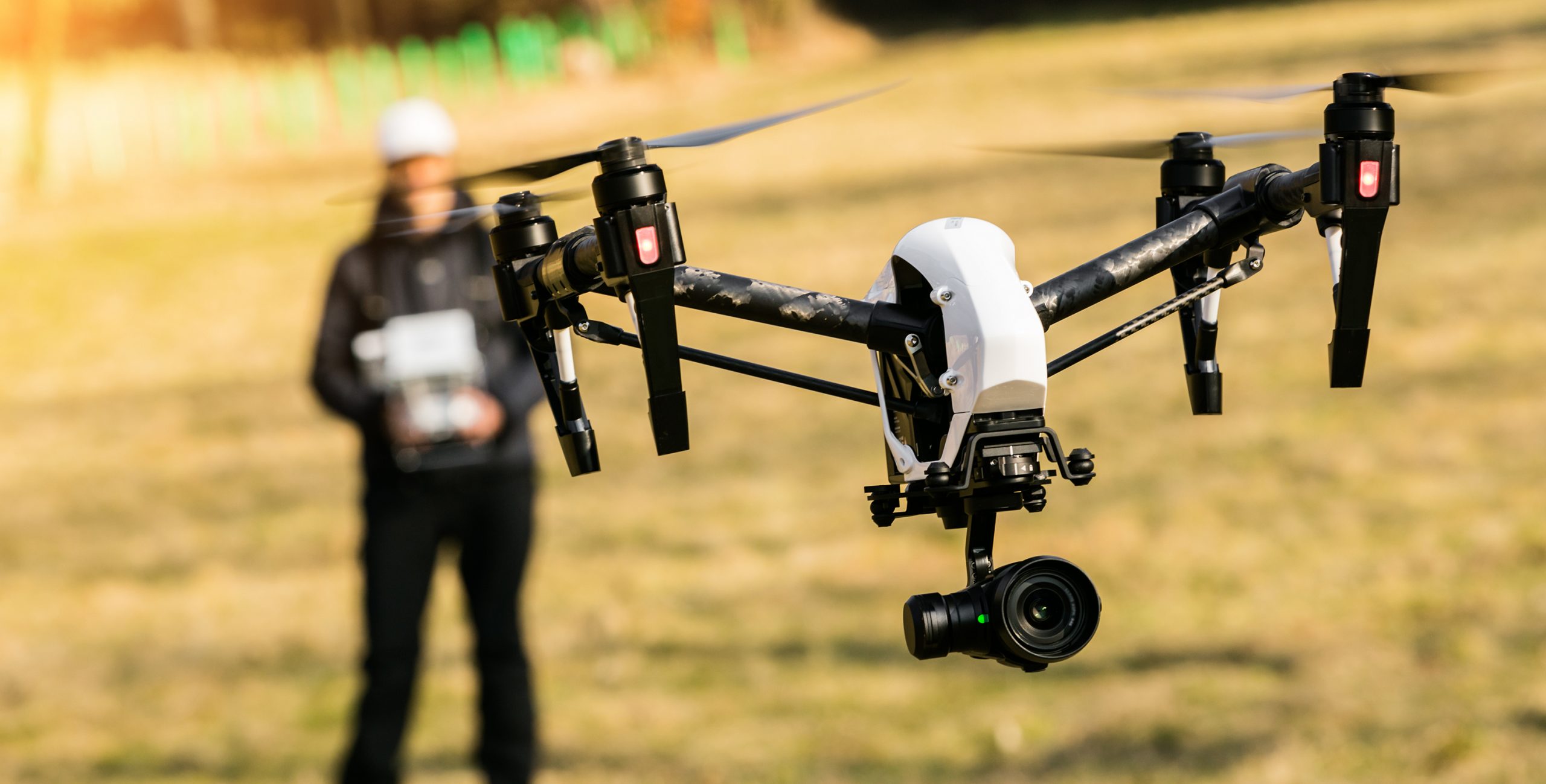
In many cases, drones were shot down because the shooters believed that the drones were spying on them. This is likely because of a lack of information about the wide applications of drones nowadays. A drone flying near someone’s property may be doing so because they are doing a mapping survey or any of a dozen other professional jobs for drone pilots.
Public concerns about the malicious use of drones are not entirely unfounded, either. Every now and then, we stumble upon reports of drones being used for illegal espionage. Even more common are cases of drones flying where they are not supposed to, such as in airport runways and in the middle of emergency response operations.
Remote ID could make things worse for drone pilots
The recent incident in Akron is unique because it involved violence towards the drone pilot and not just the drone. There is also another reason why this case was particularly concerning for drone pilots – it is a scenario that many have been afraid of happening.
The reaction to the Ohio incident has to be seen in the context of the new Remote ID rule for drone pilots. This will require all drones to be outfitted with modules that continuously transmit packets of information that can be accessed by nearby law enforcement and the general public. This transmission will allow a person with a receiver to determine the location of the pilot operating the drone, among a few other parameters.
This means that it will be possible for a person on the ground to look for a drone, receive its information packet, and find the location of its drone pilot. Given the negative opinion that many people still hold about drones, it’s easy to imagine how this could lead to more violent confrontations involving drone pilots.
What to do when approached aggressively or violently
If you fly drones regularly, encountering someone who will not take kindly to what you are doing is something that you will have to anticipate. As the recent incident has shown, such an encounter has a chance of turning violent.
Try to land the drone as soon as it is safe
In situations of this nature, the first thing that happens is that a person on the ground threatens to shoot down the drone with a gun. There have also been times when shots get fired even before the drone pilot is aware of the situation developing.
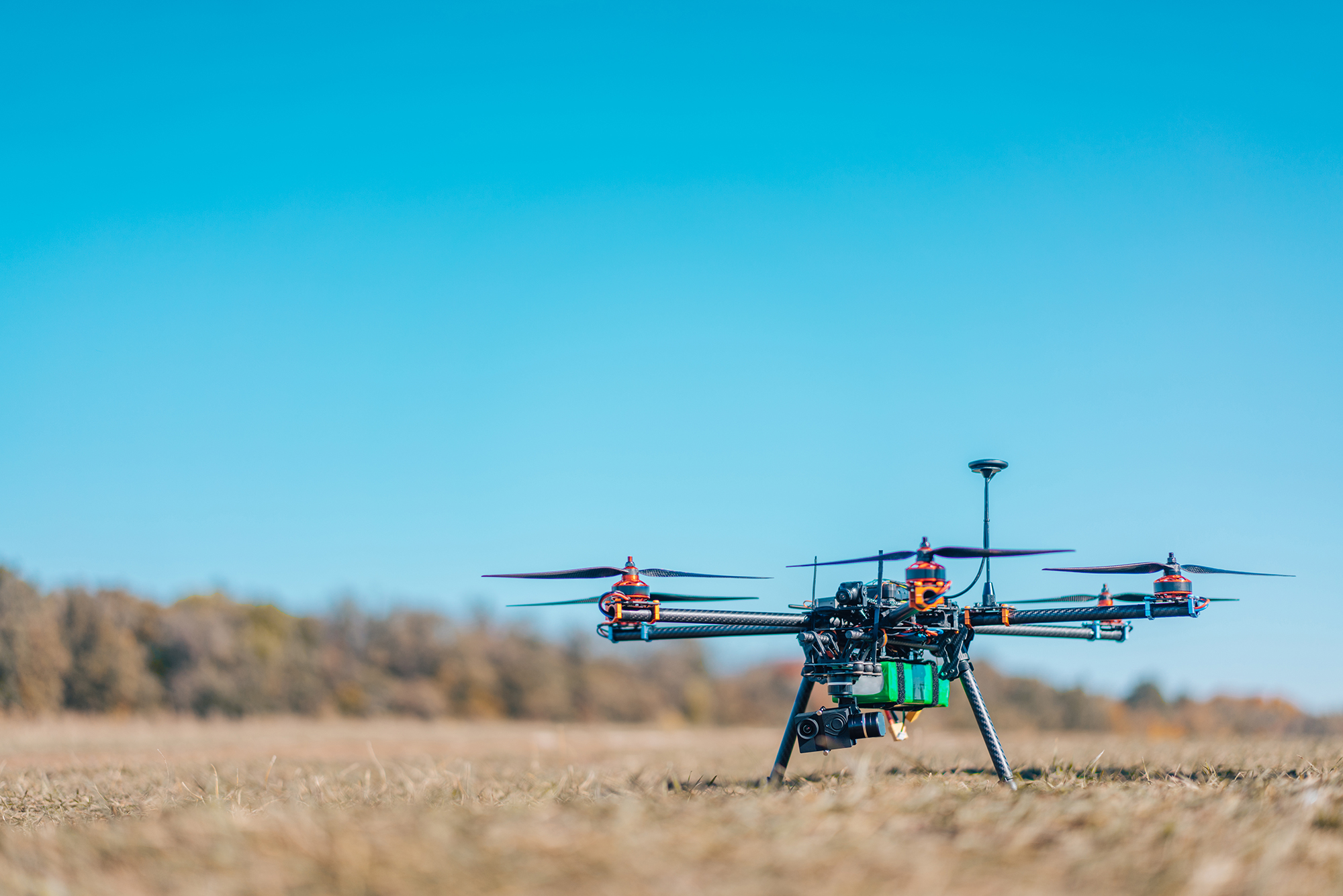
When there is a threat of the drone getting shot at, it’s best to fly it home and land it as soon as possible. Don’t rush and avoid panicking. If you have to rely on your drone’s RTH feature to avoid pilot errors, then do so.
Try to record a video of the incident as it takes place
Your most powerful tool in such a scenario is the drone itself simply because it has a built-in camera. This is what the person in Ohio did. If you have the presence of mind to snap a photo or record a video of the person threatening your drone, then you have more material to offer when filing a police report.
Leave the situation right away, even if it means sacrificing your drone
When a person gets violent with your drone, you have to assume that they will also try to locate and confront you. If you manage to recover your drone, pack up your stuff as quickly as possible and remove yourself from the situation before it escalates.
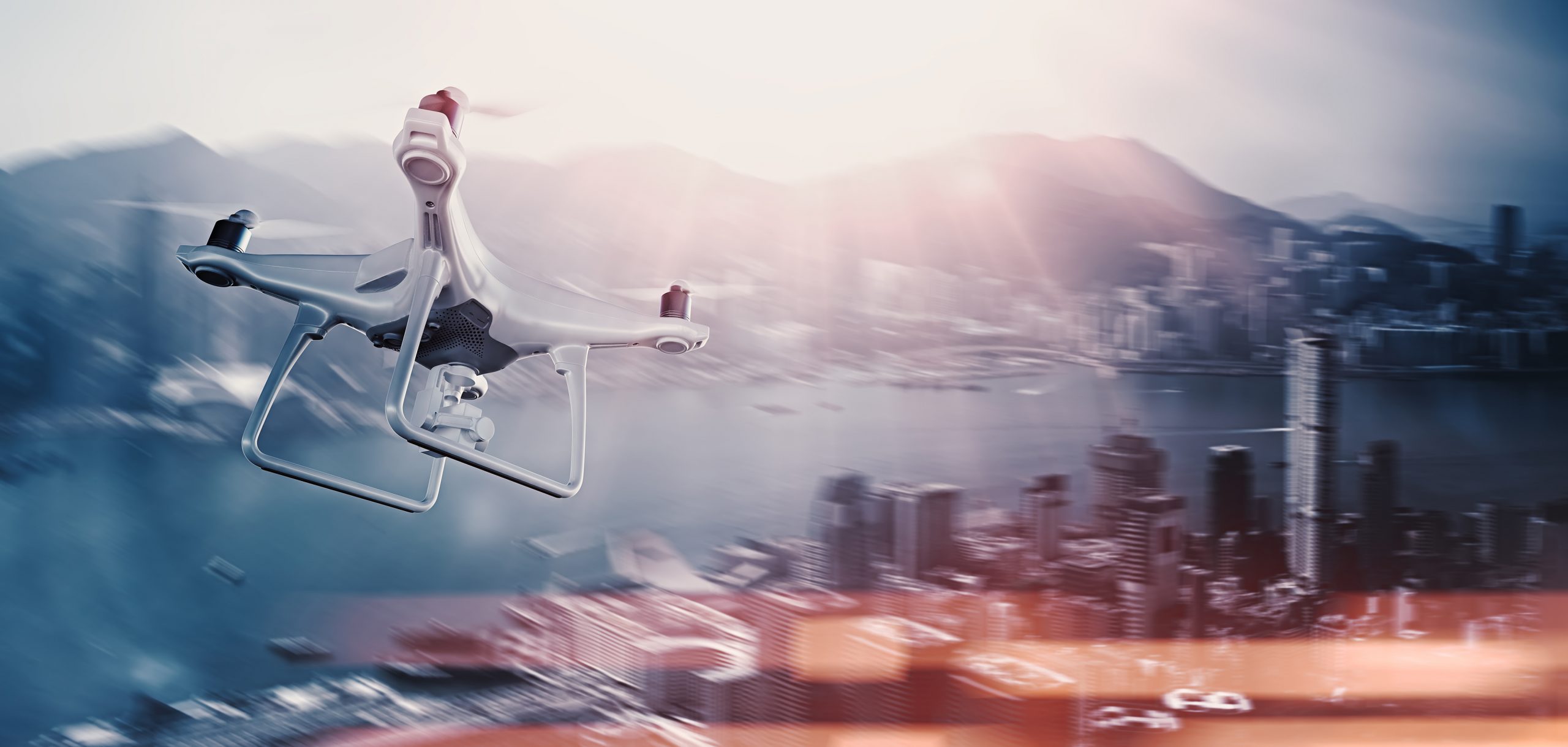
Take note that it’s also possible for a person to confront you directly, especially once Remote ID becomes a requirement. In such a scenario, you may have to choose between leaving the scene quickly or recovering your drone. If you’re under physical threat, consider the possibility of leaving your drone behind – you can make an insurance claim or file for damages later on.
Report to local law enforcement
Once you are safe, report the incident to your local law enforcement or even thru 911. This is just to make sure that officers respond to the location to de-escalate the situation. You will likely need to provide more information to law enforcement once they have responded, which brings us to the next action item.
Write down all the details of the event you can remember
When your nerves have settled, take some time to write down all the important details of the incident. The time, location, telemetry data, photos, and videos should be easily retrieved through your drone flight app or remote controller. Write down exactly what you were doing when the incident happened as well as a description of the person who confronted you or your drone.
Also quite important is that you take note of any potential witnesses to the event. Were you flying over a public place with bystanders? Were you flying with any other person? Having more people to reinforce your account of the events would be a huge help should you decide to pursue legal action.
Get in touch with LEAP
The FAA has a law enforcement arm called the Law Enforcement Assistance Program (LEAP). This group is concerned with events that threaten the national airspace, including attempts to damage drones that are conducting legally compliant operations.
To get assistance from the federal level, your case would have to be elevated to LEAP. The best way to do this is to course your case through local law enforcement. You may have to let them know that LEAP exists – it is not uncommon for law enforcement officers to be unfamiliar with handling drone (or other aviation-related) cases.
Law enforcement officers are encouraged to get in touch with the LEAP agent for their particular area or region. LEAP can be contacted through [email protected] or via phone number 844-FLY-MY-UA.
Should you need further assistance, you may also get in touch with the Drone Service Providers Alliance, a group of professional drone pilots working closely with the FAA for reasonable regulation of drone flight.
Final thoughts
Drones may be more common now, but it does not mean that they have achieved a healthy level of public acceptance. As a recent case in Ohio has shown, a belligerent bystander can pose a danger not just to the drone but also to the drone pilot.
If you find yourself in a situation where you are at risk of personal harm, then remove yourself from it as soon as possible – even if it means leaving your drone behind. The FAA is well aware that such scenarios could happen and have provided proper channels for reporting.
